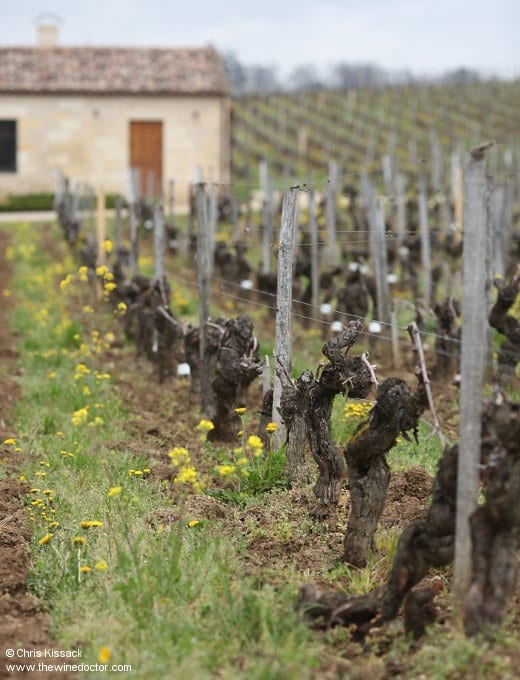Château Pavie-Macquin: Vineyards
Today grafted vines, in Bordeaux and elsewhere, are the norm, and there are now just 15 hectares at Château Pavie-Macquin, lying atop the limestone côte that characterises St Emilion, with typical clay and limestone soils. As I hinted in my introduction, the location is certainly noteworthy; although the château (pictured on the first page of this profile) sits looking across the Vallon de Fongaban towards Château La Serre, with some vineyards below it, many of the vineyards run back over the butte towards the Côte de Pavie. Indeed, one parcel sits directly behind Château Pavie-Decesse, an obvious neighbour to the south. To the east there is Château Troplong-Mondot, and all the other domaines of the Mondot secteur, including La Mondotte of course. To the west, the Vallon de Fongaban opens into the valley that runs south of St Emilion, where Château Moulin Saint-Georges and Château Ausone are to be found. Château Pavie-Macquin has illustrious neighbours.
Although I have already stated the soils to be clay and limestone, a study of the vineyards has obviously revealed more detail. The bedrock is the desirable Calcaire à Astéries, the very hard fossil-peppered limestone which characterises the plateau around the town of St Emilion. In parts, however, the bedrock is the less well-known Molasses de l’Agenais, which runs beneath these vineyards and those of Château Troplong-Mondot.

